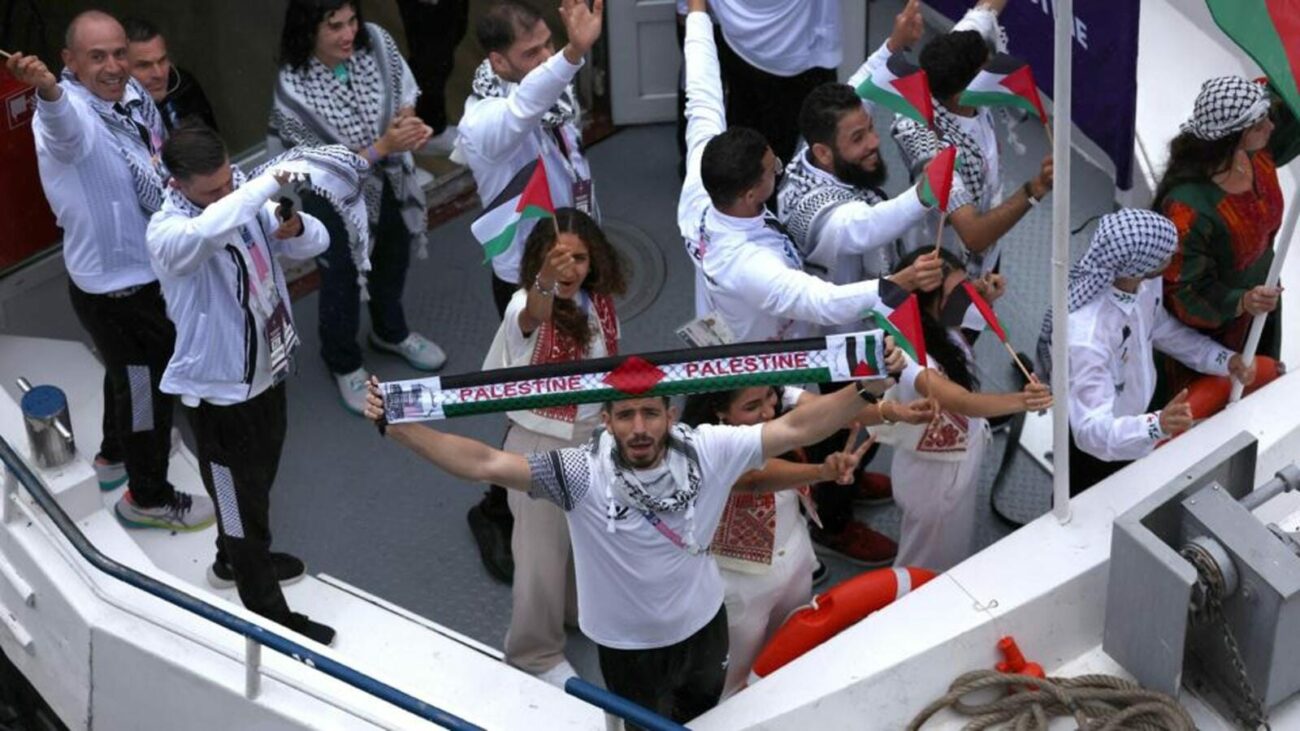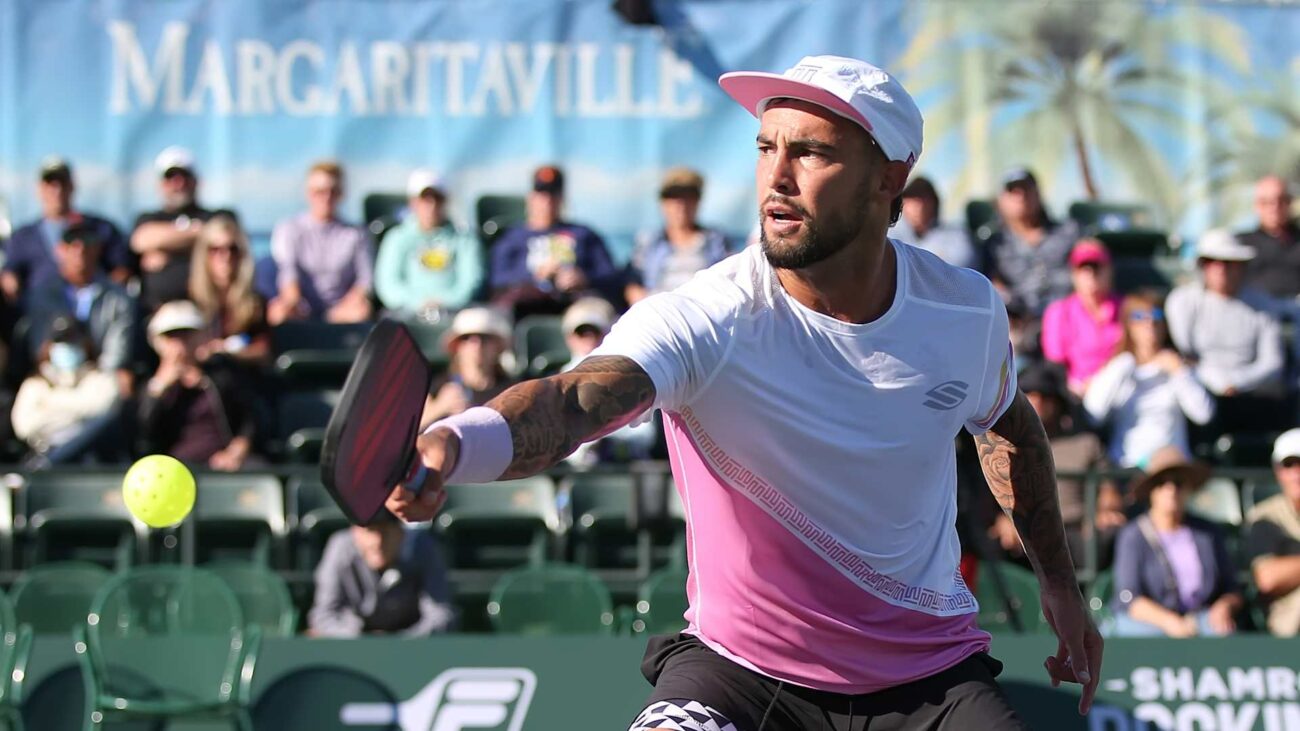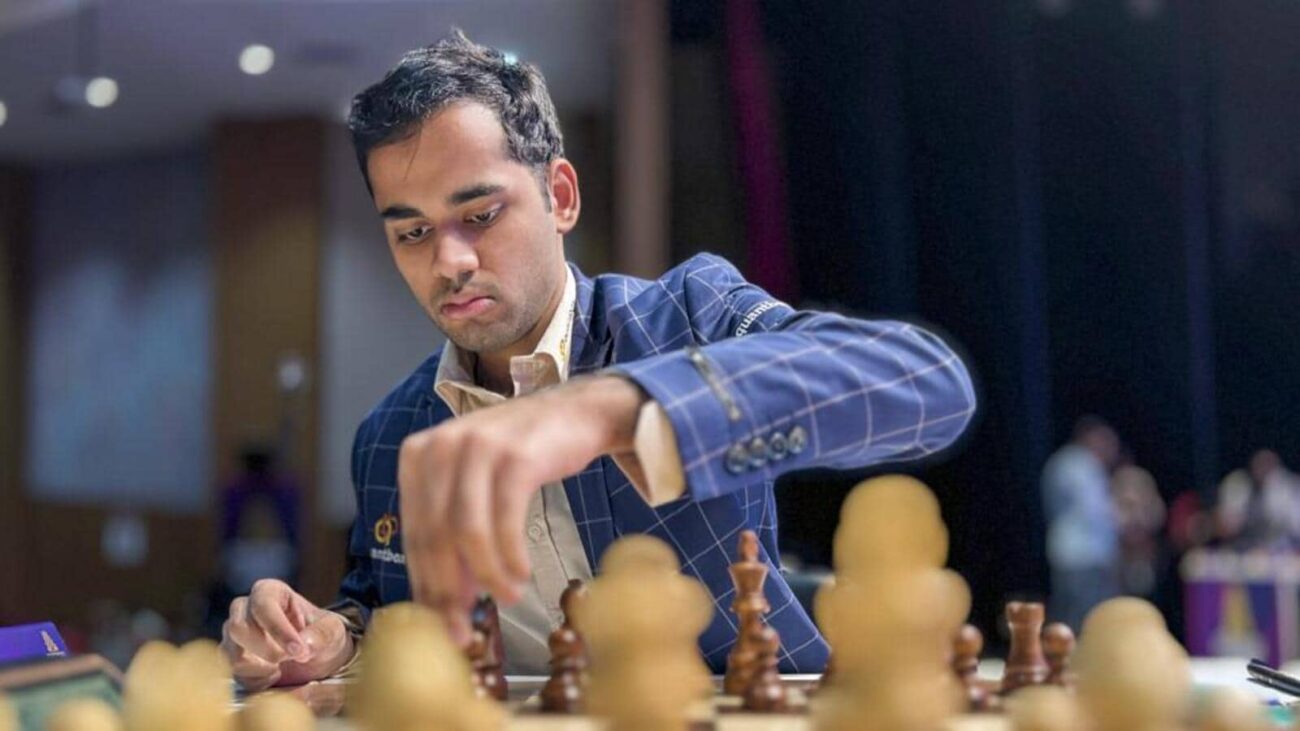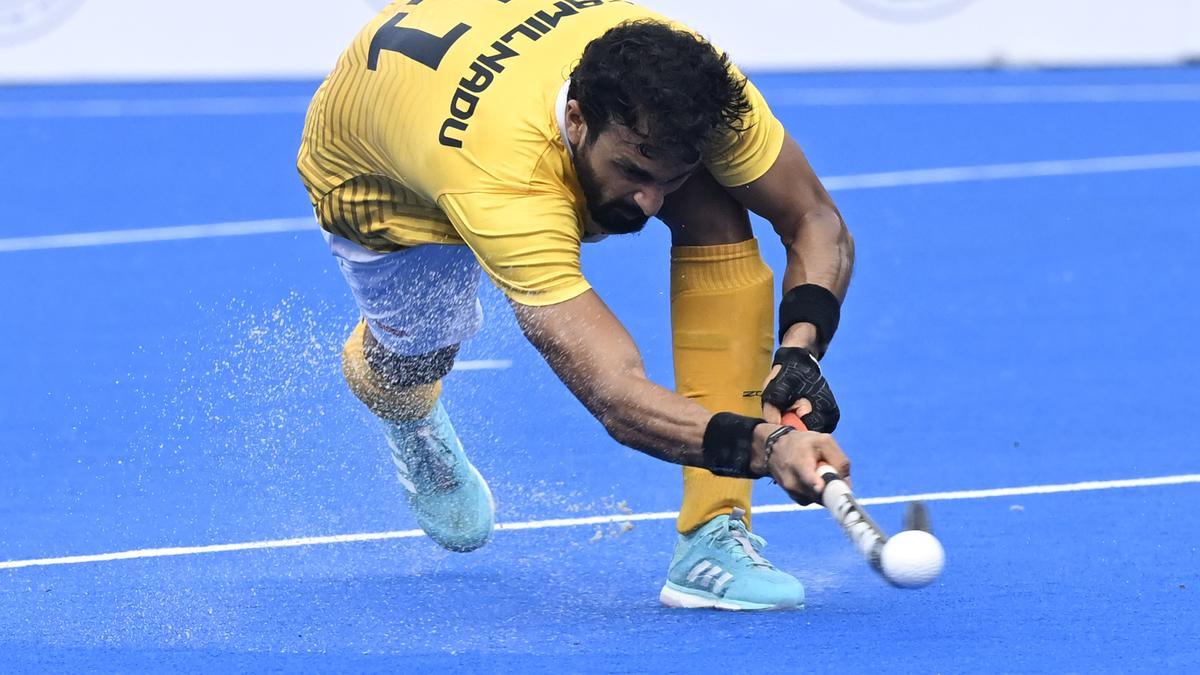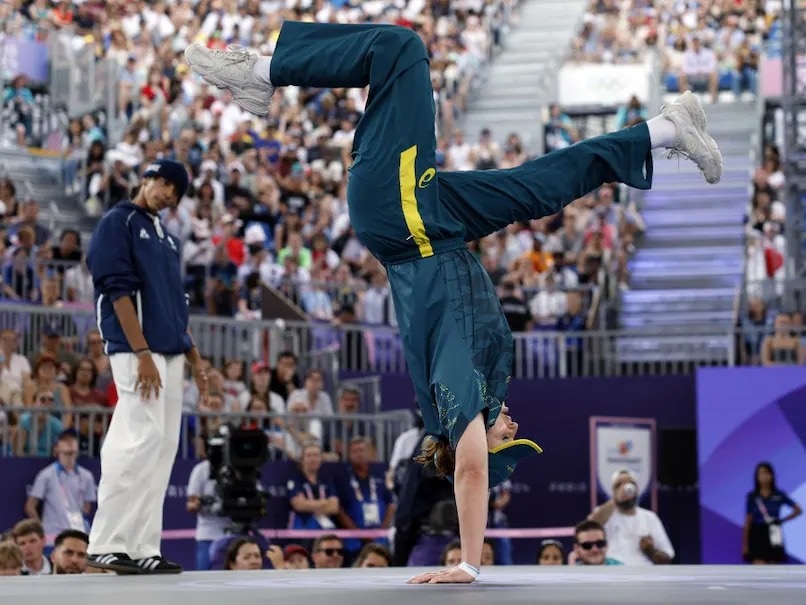The Paris Olympics opening ceremony witnessed a poignant display of resistance and defiance as athletes from Palestine and Afghanistan took to the Parade of Nations. Waseem Abu Sal, a 20-year-old boxer from Palestine, wore a shirt emblazoned with a chilling image of bombs falling on a child playing football. This powerful statement highlighted the ongoing conflict in Gaza, where Israeli forces have killed at least 350 athletes since last October.
The Palestine Olympic Committee has appealed to the International Olympic Committee (IOC) and FIFA to ban Israel for its actions in Gaza. However, the IOC’s stance on sanctions against Russia for its aggression in Ukraine appears to be inconsistent.
Afghanistan’s female athletes also defied the Taliban’s oppressive regime by participating in the Olympics. Road cyclists Fariba and Yulduz Hashimi have faced threats and violence for daring to ride bicycles. They fled the country after the Taliban takeover and are now rebuilding their lives in Italy.
The Olympics have a long history of serving as a platform for protest. In 1906, Irishman Peter O’Connor raised the Irish flag on the podium, refusing to be identified as British. In 1968, American sprinters Tommie Smith and John Carlos raised their fists in a powerful act of defiance against racial segregation.
While the IOC has softened its stance on protest, demonstrations during matches or medal ceremonies are still prohibited. However, the Games venue itself has seen protests from French civil liberties groups and environmental organizations.
The Palestinian athletes in Paris are determined to make a statement. They flashed peace signs and wore keffiyehs, symbols of their national identity. Waseem, who trained for the Olympics during the war, will return to his conflict-ridden country after the Games.
The opening ceremony also featured a rendition of John Lennon and Yoko Ono’s “Imagine,” a poignant reminder of the need for peace. As the performance concluded, the words “We stand and call for peace” appeared on the screen.

